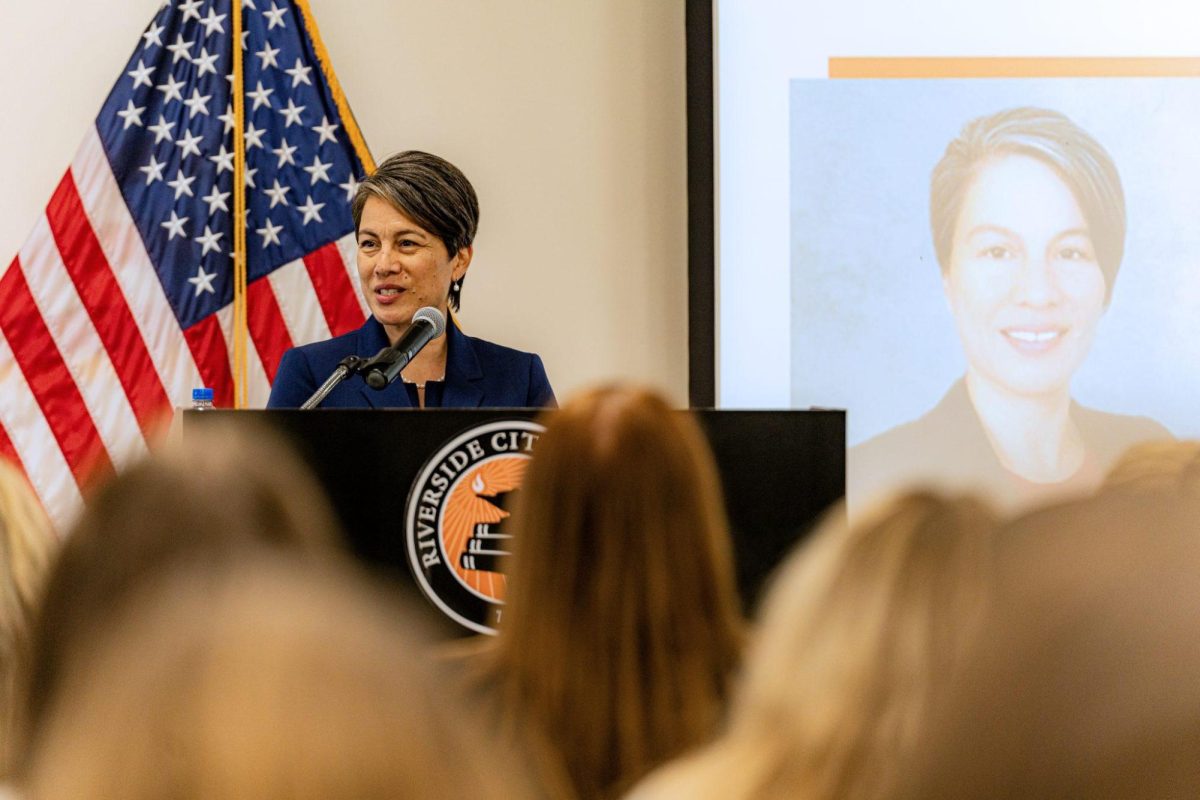By Benjamin Kwiecien
By Benjamin Kwiecien
Since its invention, the light bulb has undergone very little change. In spite of its antiquated design (dating back to the 1800s), it has held its place as the most popular form of home indoor lighting.
For many, it is a basic necessity of life, and it enjoys widespread use.
While successful, it has major shortcomings. One of the most prominent flaws is its short life, which can be as little as 500 hours or less than a year. This limited lifespan is a blessing if you consider how much electricity these little guys eat (about 60 watts), but that blessing falls short in the face of a great curse: the need to replace dead bulbs.
Of course, it’s only a curse if the bulb is going to be replaced with one of its brethren, but the curse can be lifted if one is willing to find an alternative. Looking for one may be a curse in itself, but luckily it is not necessary to look further than the local convenience store.
The traditional light bulb is so popular that very few people are aware of that alternatives exist, but in what is perhaps one of the most meaningful technological advances of our lifetime, a solution has been found: compact fluorescent lamps.
Usually referred to as CFLs, this new light source is not all that new-they’ve been commonly available as alternatives to incandescent bulbs since the 1980s. The reason why not everyone has switched yet is because the early incarnations of these watt-saving wonders were more expensive and suffered from technical difficulties. These difficulties included, but were not limited to, flickering and slow start times. They also have a reputation for being dimmer.
These days, the only thing that’s dim are the people who aren’t using them.
Thanks to recent advances in technology, CFLs have overcome every problem that had made them undesirable; they turn on right away, brighten fast, show steady light, are brighter overall, and don’t make any sort of noise.
They’re still more expensive, but the high initial price is misleading because the amount of electricity saved will pay off the difference in less than a year. Standard CFLs use around 15 watts of power, which is a quarter of what traditional light bulbs consume. Convert energy into cash, and that’s a 75 percent saving on the spot, not to mention replacement costs.
This prompt return on investment is especially handy considering the fact that CFLs typically last as long as five years, extending the savings even further.
For an extra couple bucks upfront you will be saving in both time (replacing less often) and money (lower electricity bills). You’ll also be saving the environment by putting an end to wasteful energy production, which leads to harmful conditions such as more greenhouse gases and other waste.
What is the catch? There is no catch. CFLs are actually brighter than incandescent bulbs, and the cost is often further reduced by corporate and government subsidies.
The next time one of your light bulbs burns out, go to the store, pick up one of these, and try it out. Just one little light can make a big difference.






